

Articles
How Are Bathroom Mirrors Mounted
Modified: September 1, 2024
Discover different methods of mounting bathroom mirrors in this comprehensive guide. Read articles on various DIY techniques and professional installation options.
(Many of the links in this article redirect to a specific reviewed product. Your purchase of these products through affiliate links helps to generate commission for Storables.com, at no extra cost. Learn more)
Introduction
In a bathroom, mirrors serve both functional and aesthetic purposes. They not only help us with our daily grooming routine, but they also add a touch of elegance and style to the overall bathroom design. When it comes to mounting bathroom mirrors, there are various options available, each with its unique advantages and considerations.
In this article, we will explore the different types of bathroom mirrors and the various methods used to mount them. Whether you’re renovating your bathroom or just looking to upgrade your mirror, understanding the mounting options will help you make an informed decision.
So, let’s dive in and discover how bathroom mirrors are mounted!
Key Takeaways:
- Choose the Right Mirror and Mounting Method
Select a bathroom mirror that suits your needs and style, then opt for the most suitable mounting method based on the mirror type, size, and specific requirements to ensure a secure and aesthetically pleasing installation. - Follow Proper Techniques and Precautions
Whether you’re using adhesive mounting, bracket mounting, tension mounting, or mirror clips, following the manufacturer’s instructions, using the appropriate tools, and considering professional assistance when needed will ensure a successful and visually appealing installation.
Read more: How To Install Vanity Mirror
Types of Bathroom Mirrors
Before we delve into the mounting methods, let’s first explore the different types of bathroom mirrors available in the market. Understanding the options will help you choose the mirror that best suits your needs and preferences.
1. Wall-Mounted Mirrors:
Wall-mounted mirrors are the most common type found in bathrooms. They are typically rectangular or square in shape and can be mounted directly onto the wall. These mirrors come in a variety of sizes, allowing you to select one that fits your space.
2. Frameless Mirrors:
Frameless mirrors have gained popularity in recent years due to their sleek and modern design. As the name suggests, these mirrors have no frame surrounding the glass, creating a seamless and minimalist look. Frameless mirrors are available in various shapes, including rectangular, round, and oval.
3. Lighted Mirrors:
Lighted mirrors have integrated lighting fixtures, providing optimal illumination for your grooming routine. These mirrors are perfect for bathrooms with limited natural light or for those who prefer a well-lit space. Lighted mirrors come in different styles, including backlit, sidelit, and LED-lit.
4. Magnifying Mirrors:
Magnifying mirrors are a must-have for those who need a closer look during their grooming routine. These mirrors have a magnification feature, allowing you to focus on specific areas of your face for precise grooming tasks like applying makeup or shaving.
Medicine cabinets serve a dual purpose of providing a mirror and storage space. These cabinets are typically recessed into the wall and feature mirrored doors. Inside the cabinet, you’ll find shelves for storing toiletries, medications, and other bathroom essentials.
Now that we have explored the different types of bathroom mirrors, let’s move on to the various methods used to mount them.
Wall-Mounted Mirrors
Wall-mounted mirrors are the most common type found in bathrooms. They are versatile and can be easily installed on various types of walls, including drywall, tile, or plaster. These mirrors offer a seamless and clean look, making them a popular choice among homeowners.
When it comes to mounting a wall-mounted mirror, there are a few factors to consider. First, you need to determine the desired height and location. The mirror should be positioned at a height that is convenient for all users, taking into account different heights and angles. It’s also important to ensure that the mirror is not obstructed by any fixtures or cabinets.
Once you have determined the location, you can proceed with the installation process. There are several methods for mounting wall mirrors, and each one has its pros and cons.
1. Adhesive Mounting:
Adhesive mounting is a popular method for lightweight mirrors. It involves using strong adhesive tapes or glue to attach the mirror to the wall. This method is quick and easy, requiring no drilling or hardware. However, it may not be suitable for heavy or large mirrors, as the adhesive may not provide enough support.
2. Bracket Mounting:
Bracket mounting involves using metal brackets to secure the mirror to the wall. The brackets are attached to the back of the mirror and then mounted onto the wall using screws or nails. This method provides a sturdy and secure installation, suitable for larger mirrors. It is important to ensure that the brackets are properly aligned and installed for optimal support.
3. Tension Mounting:
Tension mounting is a popular method for framed mirrors. It involves using spring-loaded clips or brackets to hold the mirror in place. The clips are attached to the sides or corners of the mirror frame and then inserted into brackets mounted on the wall. This method allows for easy adjustment and removal of the mirror without leaving any visible mounting hardware.
4. Mirror Clips:
Mirror clips are commonly used for frameless mirrors. These clips are made of metal or plastic and are installed at the edges of the mirror to hold it in place. Mirror clips come in various sizes and styles, allowing for customization and flexibility in mounting. It is important to ensure that the clips are properly tightened to prevent the mirror from shifting or falling.
When installing a wall-mounted mirror, it is essential to follow the manufacturer’s instructions and use the recommended hardware for a secure and durable installation. Consulting a professional or experienced installer may also be beneficial, especially for large or heavy mirrors.
Now that you have an understanding of wall-mounted mirrors and the various mounting methods, you can confidently choose the right one for your bathroom. In the next section, we will explore the installation process in detail.
Frameless Mirrors
Frameless mirrors have gained popularity in recent years due to their sleek and minimalist design. These mirrors add a touch of elegance to any bathroom and create a sense of spaciousness. Frameless mirrors are versatile, available in various shapes and sizes to suit different design preferences.
When it comes to mounting frameless mirrors, there are a few factors to consider. The first step is to determine the desired location and size of the mirror. Measure the area where you want to install the mirror to ensure a proper fit and proportion. Keep in mind any surrounding fixtures or elements that may affect the placement.
Once you have determined the location, you can proceed with the mounting process. There are a few different methods commonly used to mount frameless mirrors:
1. Adhesive Mounting:
Adhesive mounting is a popular option for frameless mirrors. Special adhesive tapes or glues are used to attach the mirror directly to the wall. The adhesive is applied to the back of the mirror, ensuring a secure and sturdy bond. This method eliminates the need for visible mounting hardware, resulting in a seamless and clean look. However, it is important to ensure that the adhesive used is specifically designed for mirrors and can support the weight of the mirror.
2. Mirror Clips:
Mirror clips are another common method for mounting frameless mirrors. These clips can be made of metal or plastic and are attached to the edges of the mirror. The clips are then secured to the wall using screws or nails. Mirror clips provide a secure hold and allow for easy adjustment and removal of the mirror. They come in various sizes and styles, allowing for customization and flexibility in mounting.
3. Channel Mounting:
Channel mounting involves using a metal channel or track that is attached to the wall. The mirror is then slid into the channel, which holds it securely in place. This method provides a sleek and minimalist look, with no visible mounting hardware. It is important to ensure that the channel is properly aligned and securely attached to the wall to prevent the mirror from shifting or falling.
When mounting a frameless mirror, it is crucial to follow the manufacturer’s instructions and use the recommended hardware or adhesive. Pay attention to weight restrictions and ensure that the mounting method chosen can support the size and weight of the mirror.
It is also important to take safety precautions when handling and installing a frameless mirror. Use gloves and protective eyewear to prevent any accidents or injuries. If you are unsure about the mounting process or if the mirror is large and heavy, it may be advisable to seek professional assistance.
By understanding the different mounting methods for frameless mirrors, you can choose the one that best suits your needs and preferences. Whether you opt for adhesive mounting, mirror clips, or channel mounting, rest assured that your frameless mirror will add a touch of elegance and sophistication to your bathroom.
Wall-Mounting Methods
When it comes to mounting bathroom mirrors on the wall, there are several methods available, each with its own advantages and considerations. Understanding these methods will help you choose the most suitable option for your mirror and bathroom design.
1. Adhesive Mounting:
Adhesive mounting is a popular and convenient method for mounting lightweight mirrors. It involves using strong adhesive tapes or glue specifically designed for mirrors to attach the mirror directly to the wall. This method is quick and easy, requiring no drilling or hardware. It also provides a clean and seamless look, as there are no visible mounting brackets or clips. However, adhesive mounting may not be suitable for heavy or large mirrors, as the adhesive might not provide enough support.
2. Bracket Mounting:
Bracket mounting is a common method used for hanging mirrors on the wall. It involves attaching metal brackets to the back of the mirror and then mounting these brackets onto the wall using screws or nails. This method provides a sturdy and secure installation, making it suitable for larger or heavier mirrors. It is important to ensure that the brackets are properly aligned and installed to ensure the mirror’s stability and prevent any accidents.
3. Tension Mounting:
Tension mounting is often used for framed mirrors. It utilizes spring-loaded clips or brackets to hold the mirror in place. The clips or brackets are attached to the sides or corners of the mirror frame, and they are inserted into brackets that are mounted on the wall. Tension mounting allows for easy removal and adjustment of the mirror, without leaving any visible mounting hardware. This method offers flexibility and versatility in positioning the mirror.
4. Mirror Clips:
Mirror clips are commonly used for frameless mirrors. These clips, made of metal or plastic, are installed at the edges of the mirror to hold it in place. The clips can be attached to the wall using screws or nails. Mirror clips are available in various sizes and styles, allowing for customization and flexibility in mounting. Proper tightening of the clips is essential to ensure that the mirror remains secure and stable.
Before choosing a wall-mounting method, it is important to consider the size, weight, and type of mirror you have. Some mirrors may come with specific mounting instructions from the manufacturer, so it is advisable to follow those guidelines. Additionally, it may be beneficial to consult a professional installer to ensure proper mounting and to address any specific requirements or challenges.
By understanding the different wall-mounting methods available, you can select the one that best suits your mirror and bathroom design. Whether you opt for adhesive mounting or choose to use brackets, tension mounting, or mirror clips, proper installation will ensure a safe and stylish addition to your bathroom.
Read more: How To Size A Vanity Mirror
Adhesive Mounting
Adhesive mounting is a popular method for mounting bathroom mirrors, particularly for lightweight options. It offers a quick, easy, and secure way to attach a mirror to the wall without the need for drilling or additional hardware. Adhesive mounting provides a clean and seamless look, as there are no visible brackets or clips. However, it is important to consider the weight and size of the mirror when choosing this mounting method, as the adhesive strength may vary.
When using adhesive mounting, here are some key steps to follow:
- Clean the Wall Surface: Before applying the adhesive, clean the wall surface where the mirror will be mounted. Remove any dust, dirt, or grease to ensure proper adhesion.
- Choose the Right Adhesive: Select an adhesive specifically designed for mirrors and wall applications. Consider the weight and size of the mirror to ensure that the adhesive can support it. Follow the manufacturer’s instructions regarding the amount of adhesive to be used.
- Mark the Mirror Placement: Mark the desired location for the mirror on the wall using a pencil or tape. Ensure that the area is level and properly aligned for an aesthetically pleasing result.
- Apply the Adhesive: Apply the adhesive to the back of the mirror in a grid pattern or as per the product instructions. Be sure to spread it evenly and avoid excessive application, as this may cause the adhesive to seep out from behind the mirror.
- Mount the Mirror: Carefully press the mirror onto the wall, aligning it with the marked placement. Apply even pressure to ensure proper adhesion. It is advisable to have someone assist you during this process to ensure the mirror is properly positioned.
- Support the Mirror (if necessary): In some cases, additional support may be required to hold the mirror in place while the adhesive sets. This can be achieved by using temporary support such as masking tape or props until the adhesive fully cures.
- Follow Curing Time: Allow the adhesive to cure for the recommended time. This will ensure that the mirror adheres securely to the wall surface. Avoid placing any stress or weight on the mirror during this time.
It is important to note that adhesive mounting may not be suitable for all mirrors. Ensure that the adhesive is compatible with the mirror material and the surface it will be mounted on. Additionally, adhesive mounting may not provide enough support for heavy or large mirrors, so it is crucial to consider the weight and size limitations.
If you are uncertain about adhesive mounting or if you have a heavier mirror, it is recommended to consult a professional installer who can provide expert advice and ensure a secure installation. They will have the knowledge and expertise to assess the specific requirements of your mirror and bathroom.
By following the proper techniques and precautions, adhesive mounting can offer a simple and effective way to mount a bathroom mirror, providing both functionality and style to your space.
When mounting a bathroom mirror, use heavy-duty mirror clips or adhesive to secure it to the wall. Make sure to measure and level the mirror before installation.
Bracket Mounting
Bracket mounting is a popular and reliable method for securely mounting bathroom mirrors, particularly for larger or heavier options. This method utilizes metal brackets that are attached to the back of the mirror and then mounted onto the wall using screws or nails. Bracket mounting provides a sturdy and stable installation, ensuring that the mirror remains securely in place.
When using bracket mounting, here are some key steps to follow:
- Determine Bracket Placement: Carefully position the brackets on the back of the mirror. The number and placement of brackets will depend on the size and weight of the mirror. It is crucial to distribute the weight evenly to prevent any imbalance or strain on the brackets.
- Measure and Mark Wall Mounting Points: Determine the desired location for the mirror on the wall. Measure and mark the spots where the brackets will be mounted. Ensure that the marks are level and properly aligned with each other.
- Pre-drill Holes: Using a drill and a bit appropriate for your wall surface (e.g., drywall, tile, or plaster), pre-drill holes at the marked mounting points on the wall. This will make it easier to insert the screws later and help prevent potential damage to the wall.
- Attach Brackets to the Wall: Align the brackets with the pre-drilled holes and secure them to the wall using screws or nails. Make sure that the brackets are level and tightly fastened to ensure the mirror’s stability. Use a screwdriver or drill to tighten the screws securely.
- Attach the Mirror to the Brackets: Carefully lift the mirror and position it onto the mounted brackets. Ensure that the brackets securely hold the mirror and that it is level and properly aligned. Double-check the positioning before moving forward.
- Secure the Mirror to the Brackets: Depending on the design of the brackets, they may feature clamps, screws, or other mechanisms to hold the mirror in place. Follow the manufacturer’s instructions to securely fasten the mirror to the brackets and ensure that it remains stable.
Bracket mounting offers a strong and reliable support system for bathroom mirrors. The brackets distribute the weight evenly and provide stability, making it suitable for larger and heavier mirrors. It is essential to ensure that the brackets are of high quality and properly installed to prevent any accidents or damage.
In some cases, it may be advisable to seek professional assistance for bracket mounting, especially if you are uncertain about the process or have a particularly heavy mirror. Professional installers have the expertise to assess the specific requirements of your mirror and bathroom, ensuring a secure and durable installation.
By following the proper techniques and precautions, bracket mounting can provide a solid and long-lasting mounting solution for your bathroom mirror. It offers peace of mind, ensuring that your mirror remains securely in place, enhancing both the functionality and aesthetic appeal of your bathroom.
Tension Mounting
Tension mounting is a popular method for mounting bathroom mirrors, particularly for framed mirrors. This method involves using spring-loaded clips or brackets to hold the mirror in place. Tension mounting offers a secure and adjustable installation without the need for visible mounting hardware.
When using tension mounting, here are some key steps to follow:
- Choose the Tension Mounting System: Select the appropriate tension mounting system for your mirror. This may include spring-loaded clips, brackets, or a combination of both.
- Attach the Clips or Brackets to the Mirror: Position the clips or brackets on the sides or corners of the mirror frame. Ensure that they are evenly spaced and properly aligned.
- Mark the Wall Mounting Points: Measure and mark the spots on the wall where the mirror clips or brackets will be mounted. It is crucial to ensure that the marks are level and aligned with each other.
- Pre-drill Holes: Using a drill and a bit suitable for your wall surface, pre-drill holes at the marked mounting points on the wall. This will make it easier to insert the screws or anchors.
- Mount the Clips or Brackets on the Wall: Secure the clips or brackets to the wall using screws or anchors, depending on the type of wall material. Make sure they are level and tightly fastened to provide proper support.
- Attach the Mirror to the Clips or Brackets: Position the mirror onto the mounted clips or brackets. Ensure that the tension mechanism engages properly, holding the mirror securely in place.
- Adjust the Tension: If necessary, adjust the tension of the spring-loaded clips or brackets to ensure a snug fit and proper alignment of the mirror. Follow the manufacturer’s instructions for adjusting the tension mechanism.
Tension mounting offers several advantages. It allows for easy removal and adjustment of the mirror without leaving any visible mounting hardware on the wall. This method also offers some flexibility in positioning the mirror, making it convenient for those who may want to change the mirror’s location in the future.
When using tension mounting, it is important to ensure that the clips or brackets and the tension mechanism are of good quality and properly installed. This will ensure a secure and stable mounting for your mirror. It is also essential to regularly inspect the tension mounting system and check for any signs of wear or loosening over time.
If you are uncertain about tension mounting or if you have a particularly heavy mirror, it may be advisable to seek professional assistance. Professional installers have the experience and knowledge to assess the specific requirements of your mirror and bathroom, ensuring a secure and reliable installation.
By following the proper techniques and precautions, tension mounting can provide a convenient and versatile solution for mounting your bathroom mirror. It offers a secure hold while allowing for easy adjustment and removal when needed, enhancing the functionality and aesthetics of your bathroom space.
Mirror Clips
Mirror clips are a common and practical method for mounting frameless bathroom mirrors. These clips, typically made of metal or plastic, are designed to hold the mirror securely in place while providing a clean and minimalist look. Mirror clips offer versatility and ease of installation, making them a popular choice for homeowners.
When using mirror clips for mounting, here are some key steps to follow:
- Choose the Right Mirror Clips: Select mirror clips that are suitable for your mirror and desired installation. Consider the thickness and weight of the mirror when choosing the appropriate size and style of clips.
- Prepare the Mirror: Clean the edges of the mirror where the clips will be attached. Ensure that the surface is free from any dirt, dust, or debris that could interfere with the adhesion of the clips.
- Mark the Mounting Points: Measure and mark the spots on the wall where the mirror clips will be installed. Use a level to ensure that the marks are straight and properly aligned for a balanced and aesthetically pleasing installation.
- Install the Clips: Position the mirror clips on the marked points and attach them to the wall using screws or nails. Ensure that the clips are firmly secured to the wall and properly aligned with each other.
- Place the Mirror: Carefully position the mirror onto the installed clips. Ensure that the mirror sits evenly and securely within the clips. If necessary, use a spirit level to double-check that the mirror is level.
- Adjust the Clips (if required): Depending on the design of the mirror clips, you may be able to make adjustments to ensure the mirror is properly aligned. Some clips have screws or tightening mechanisms that can be adjusted to fine-tune the position of the mirror.
It is important to note that proper installation of mirror clips is crucial for ensuring the stability and safety of the mounted mirror. It is recommended to follow the manufacturer’s instructions and use the appropriate hardware supplied with the mirror clips.
Mirror clips offer a secure and reliable method for mounting frameless bathroom mirrors. They provide a clean and minimalist aesthetic, letting the mirror take center stage in your bathroom design. The variety of sizes and styles available allow for customization and flexibility in positioning the mirror.
Regular inspections of the mounted mirror and clips are recommended to ensure that everything remains secure over time. If you notice any signs of looseness or damage, it is important to address them promptly to prevent any accidents or damage to the mirror.
If you are unsure about the installation process or have concerns about the weight or size of your mirror, it may be beneficial to consult a professional installer. They can provide expert advice and ensure a secure and proper mounting of your mirror.
By following the proper techniques and precautions, mirror clips can provide a reliable and visually appealing mounting solution for your frameless bathroom mirror, enhancing both the functionality and aesthetics of your space.
Read more: How To Remove Vanity Mirror
Installation Process
The installation of a bathroom mirror requires careful attention to detail to ensure a secure and aesthetically pleasing result. Whether you are mounting a wall-mounted mirror, a frameless mirror, or any other type of mirror, here is a general step-by-step guide to follow:
- Plan and Prepare:
- Prepare the Surface:
- Mark the Mounting Points:
- Pre-Drill Holes (if required):
- Attach Mounting Hardware:
- Mount the Mirror:
- Secure the Mirror:
- Final Inspection:
Begin by determining the desired location for the mirror. Consider factors such as height, lighting, and any obstructions that may affect the placement. Measure the available space to ensure the mirror fits appropriately. Also, gather all the necessary tools and materials for the installation, including mounting hardware, screws, anchors, a level, a measuring tape, and a drill if needed.
Ensure that the surface where the mirror will be mounted is clean and free from dust, dirt, or grease. Wipe down the wall and remove any debris that may interfere with the installation. If necessary, fill in holes or repair any damages on the wall before proceeding.
Using a measuring tape and a level, mark the desired mounting points on the wall. It is crucial to ensure that the marks are level and properly aligned for a balanced installation. Double-check the measurements and adjust as needed.
If you are using adhesive mounting or if your mounting method requires pre-drilled holes, use an appropriate drill bit to create the holes at the marked points. Ensure that the holes are the correct size and depth for the mounting hardware you will be using.
Depending on the mounting method, attach the appropriate hardware to the mirror or the wall. This may include adhesive tapes or glue, brackets, clips, or other mechanisms. Follow the manufacturer’s instructions or consult a professional installer for guidance on properly attaching the hardware.
Carefully position the mirror onto the mounted hardware or brackets. If necessary, adjust the mirror to ensure that it is level and properly aligned with the surrounding space. Double-check the positioning before proceeding.
Once the mirror is in place, use screws, anchors, or any provided tightening mechanisms to securely fasten it to the wall. Ensure that the mirror is held firmly and does not wobble or shift. If using clips or brackets, tighten them to the appropriate level to prevent any movement of the mirror.
After the mirror is mounted, perform a thorough inspection to ensure that everything is secure and aesthetically pleasing. Check that the mirror is level, that the mounting hardware is hidden or minimally visible, and that the mirror’s reflection is clear and undistorted.
It is essential to follow the manufacturer’s instructions specific to your mirror and chosen mounting method. If you are uncertain about the installation process or have a particularly large or heavy mirror, consider consulting a professional installer. They have the expertise and experience to ensure a safe and properly executed installation.
Remember to take caution during the installation process. Protect the mirror from any potential damage, wear appropriate safety equipment, and handle the mirror with care to avoid injury.
By following the proper techniques and taking the necessary precautions, you can ensure a successful and visually appealing installation of your bathroom mirror. Enjoy the functionality and beauty it adds to your bathroom space!
Conclusion
Bathroom mirrors serve both functional and aesthetic purposes, enhancing the overall design while aiding in our daily grooming routines. The mounting method chosen for your bathroom mirror plays a crucial role in ensuring its stability, security, and visual appeal.
Throughout this article, we have explored various types of bathroom mirrors, including wall-mounted mirrors, frameless mirrors, lighted mirrors, magnifying mirrors, and medicine cabinets. Each type offers its unique features and benefits, allowing you to find the perfect mirror to suit your needs and personal style.
We have also discussed different mounting methods, such as adhesive mounting, bracket mounting, tension mounting, and mirror clips. Each method has its advantages, considerations, and compatibility with different mirror types and sizes. By understanding these methods, you can choose the most suitable option for your mirror and the specific requirements of your bathroom space.
When it comes to the installation process, proper planning, surface preparation, marking, pre-drilling (if required), attaching the mounting hardware, securing the mirror, and performing a final inspection are essential steps to ensure a successful installation. Following the manufacturer’s instructions, using the appropriate tools and materials, and considering professional assistance when needed will contribute to a secure and visually appealing installation.
Remember, safety is paramount during the installation process. Take precautions, use proper equipment, and handle the mirror with care to prevent any accidents or damage.
Mounting a bathroom mirror not only adds functionality to your space but also enhances the aesthetic appeal of your bathroom. It allows you to create a visually pleasing and balanced design while providing a practical solution for your grooming needs.
With the information provided in this article, you are now well-equipped to choose the right type of mirror and the most suitable mounting method for your bathroom. Whether you opt for wall-mounted mirrors, frameless mirrors with adhesive or clips, or any other option, remember to consider your mirror’s weight, size, and specific requirements to ensure a secure and aesthetically pleasing installation.
Enjoy the process of selecting and mounting your bathroom mirror, and let it reflect your personal style and enhance the beauty of your bathroom space for years to come.
Frequently Asked Questions about How Are Bathroom Mirrors Mounted
Was this page helpful?
At Storables.com, we guarantee accurate and reliable information. Our content, validated by Expert Board Contributors, is crafted following stringent Editorial Policies. We're committed to providing you with well-researched, expert-backed insights for all your informational needs.
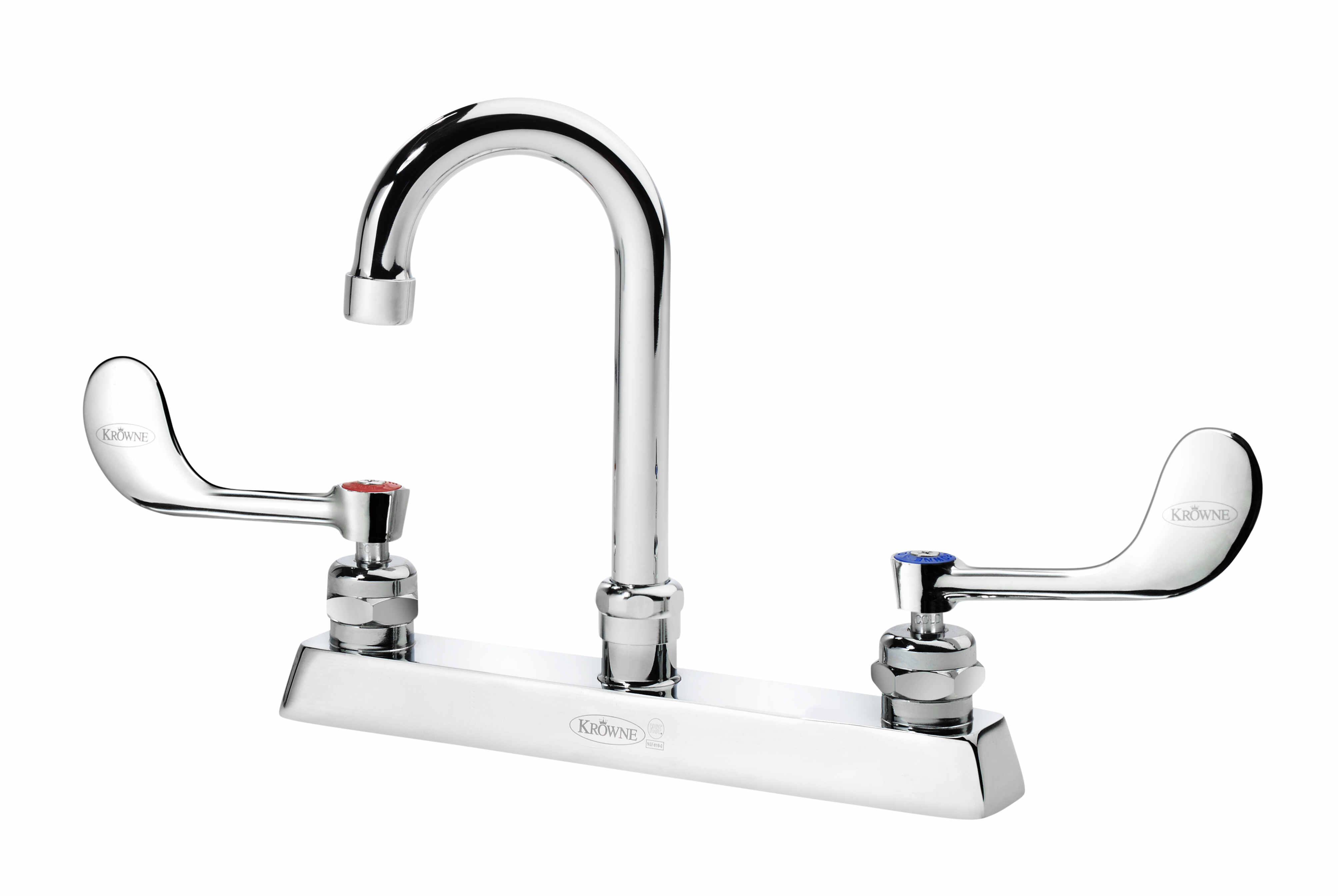
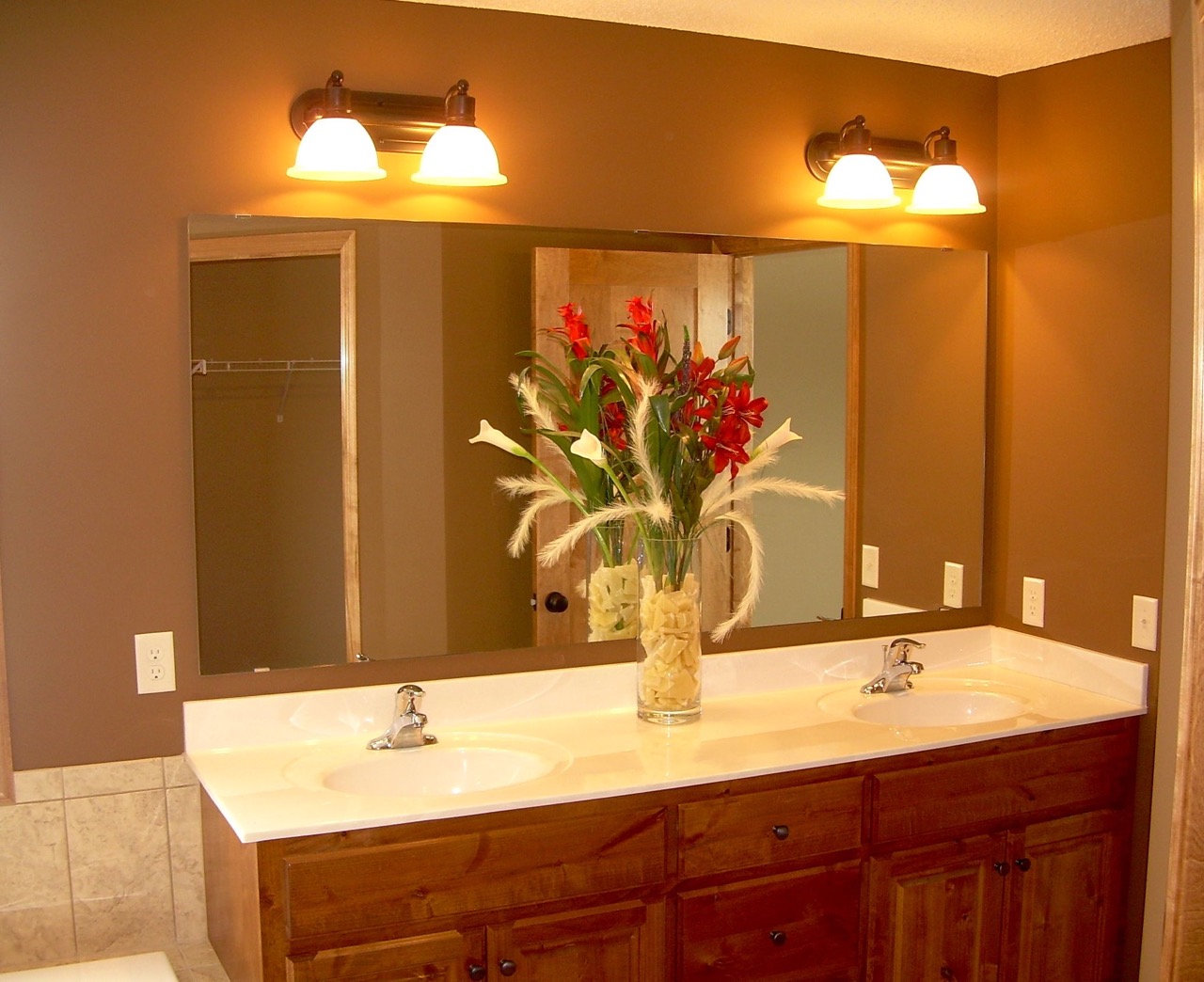
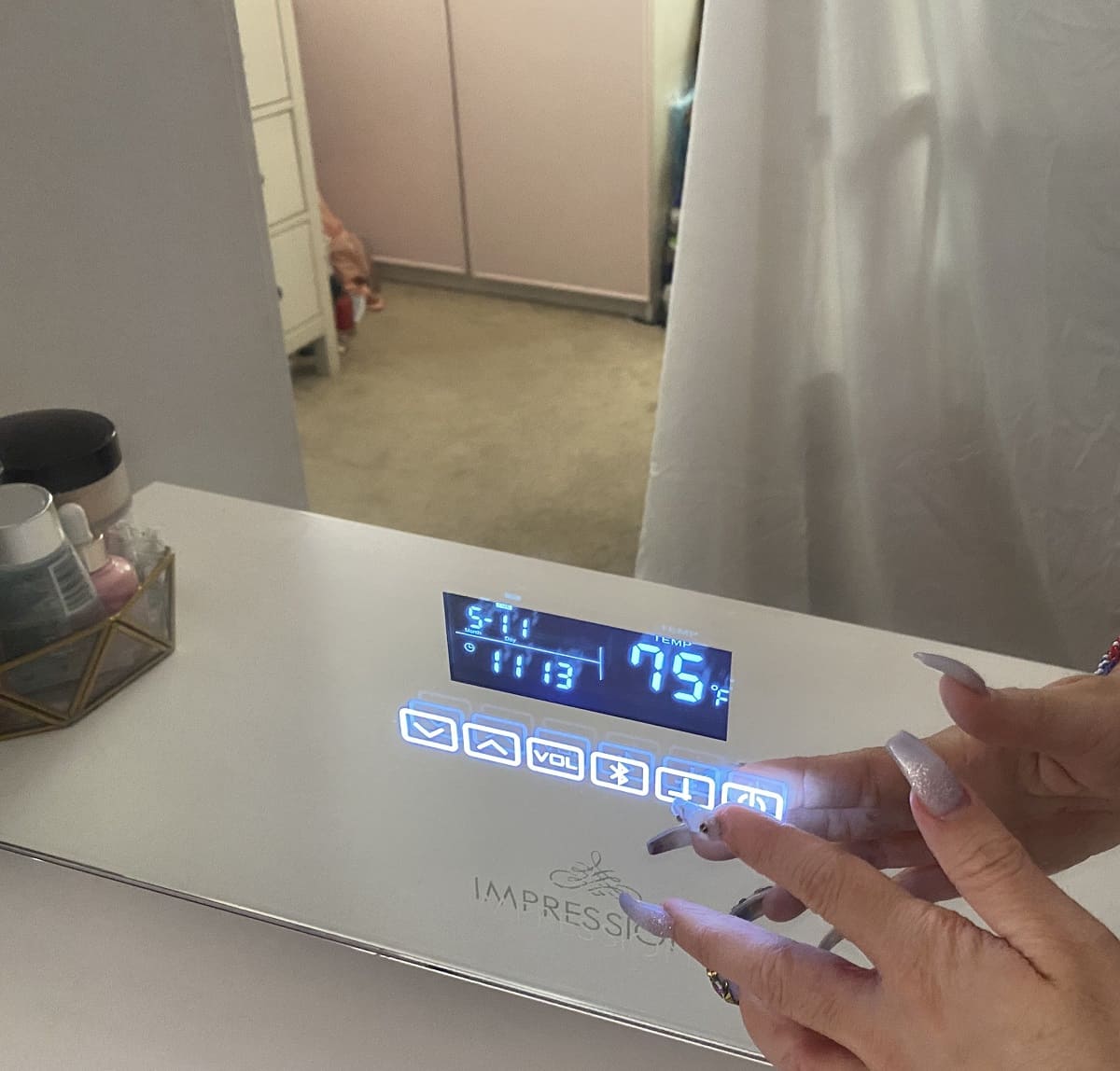
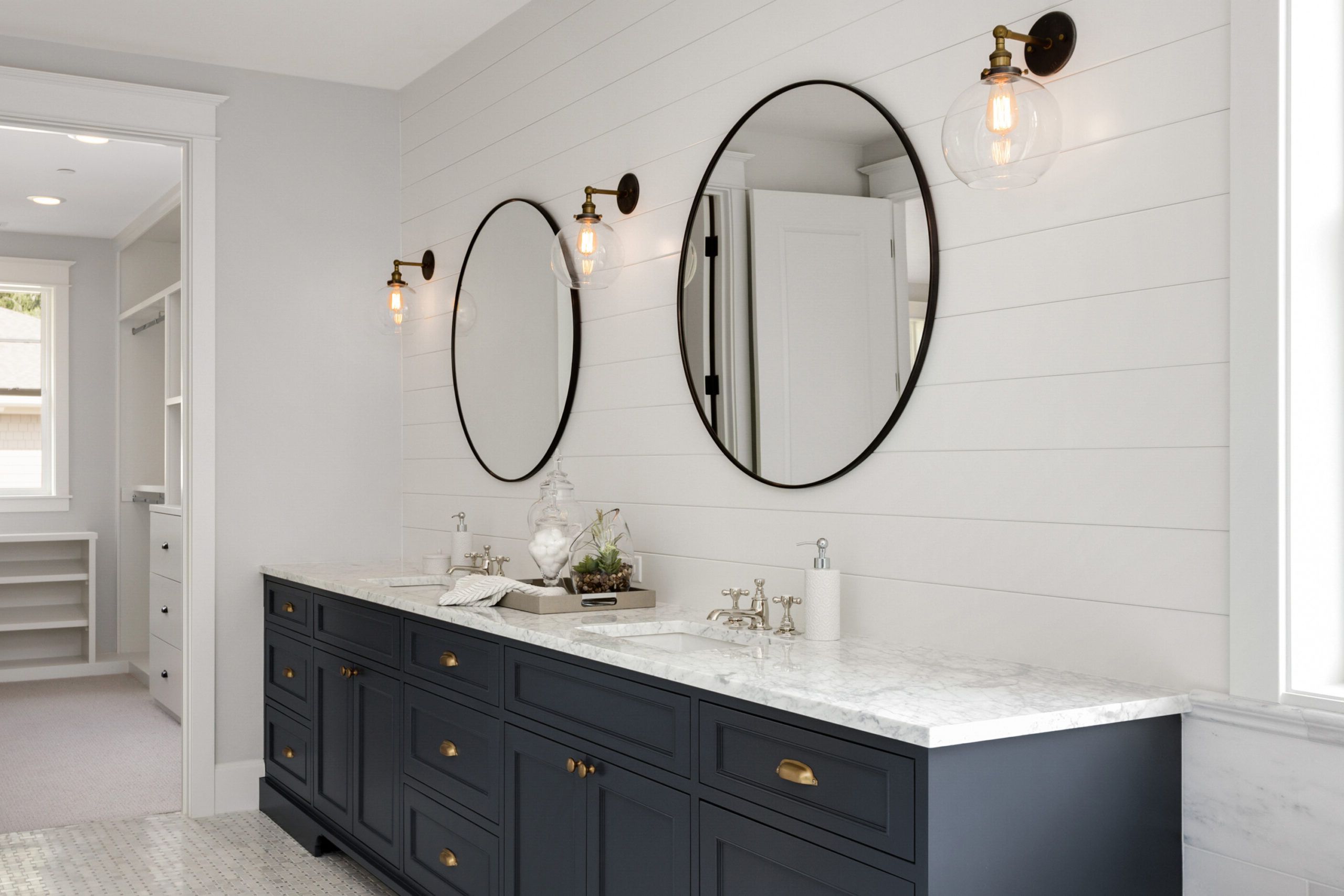
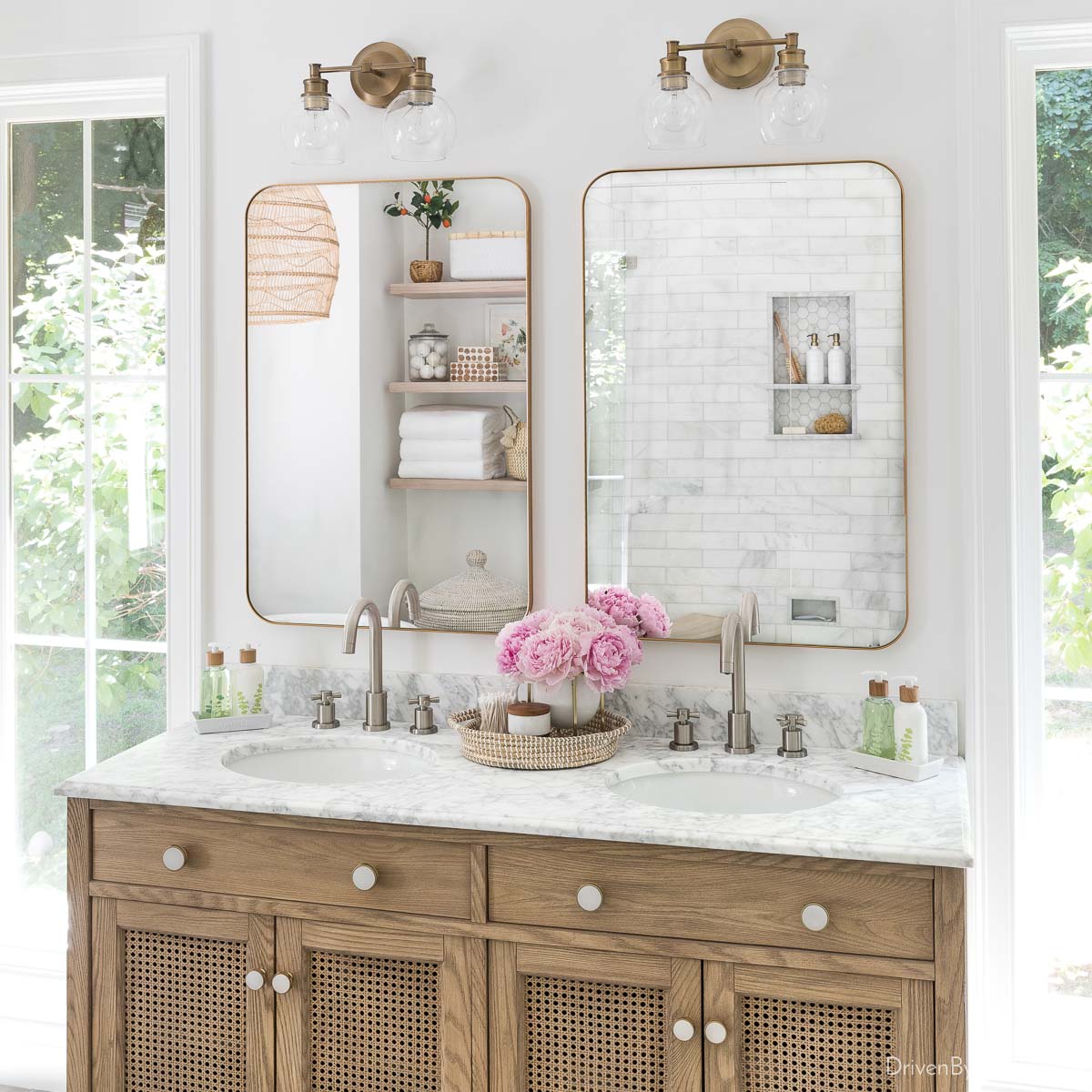
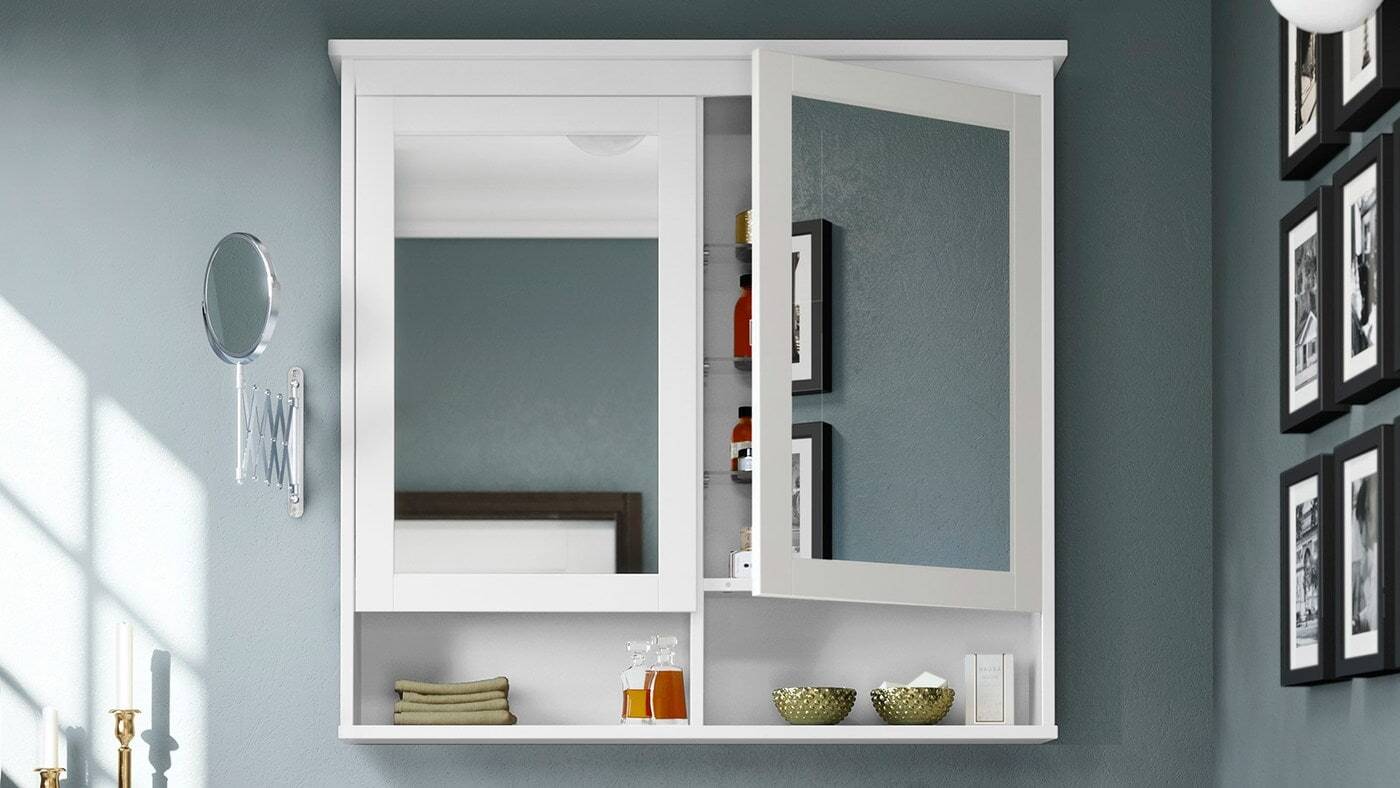
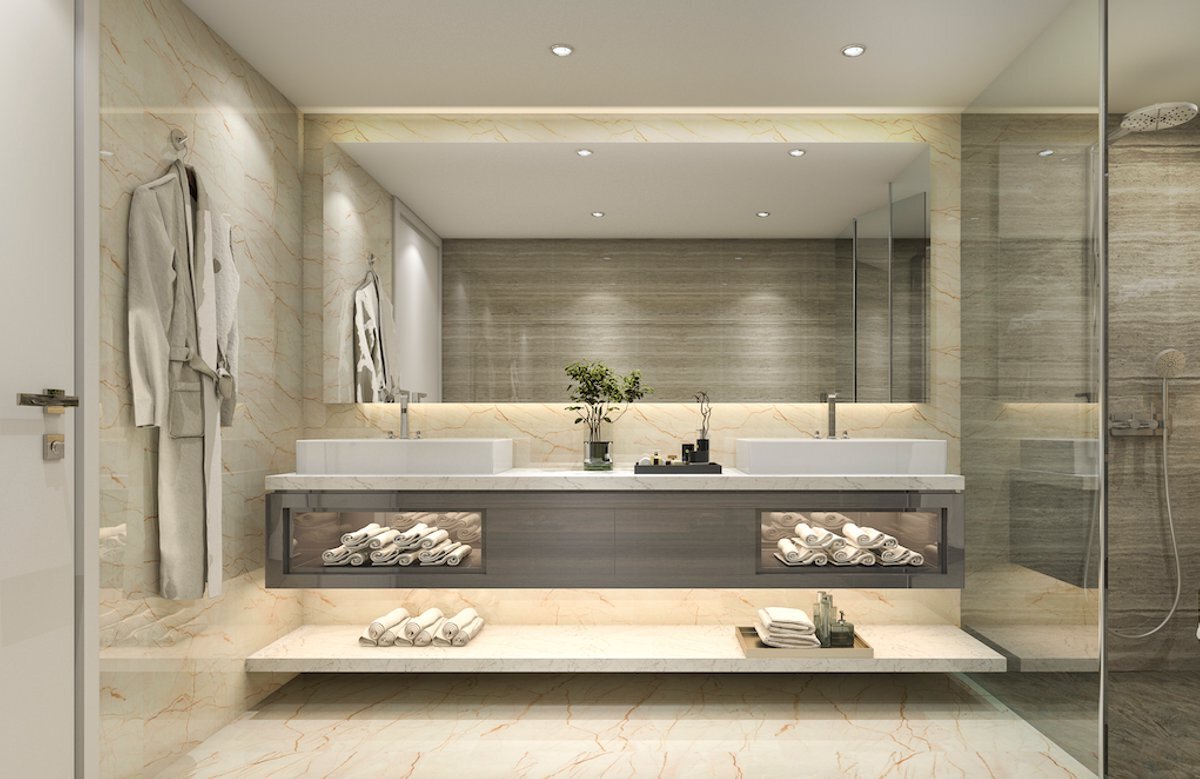
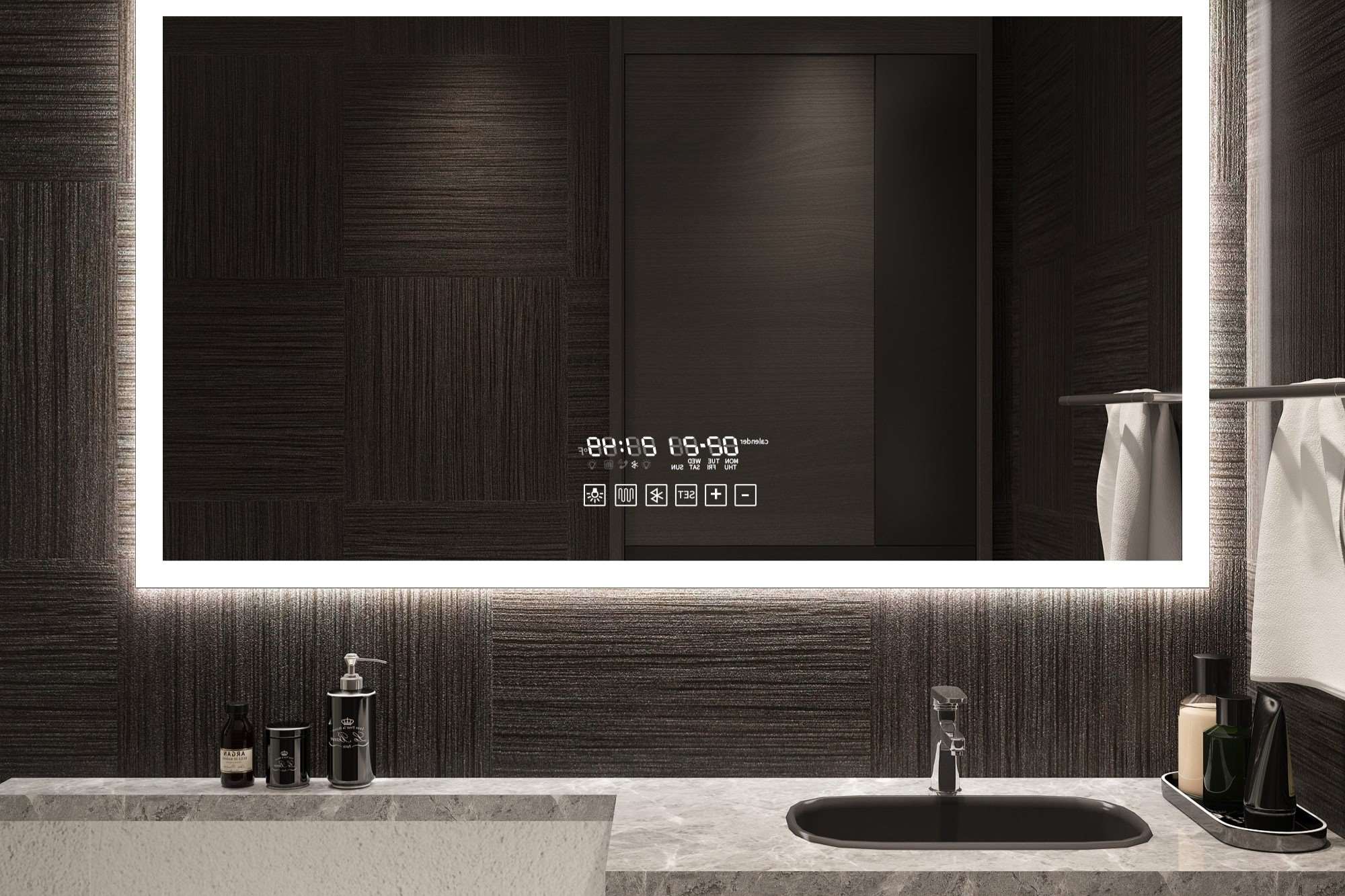
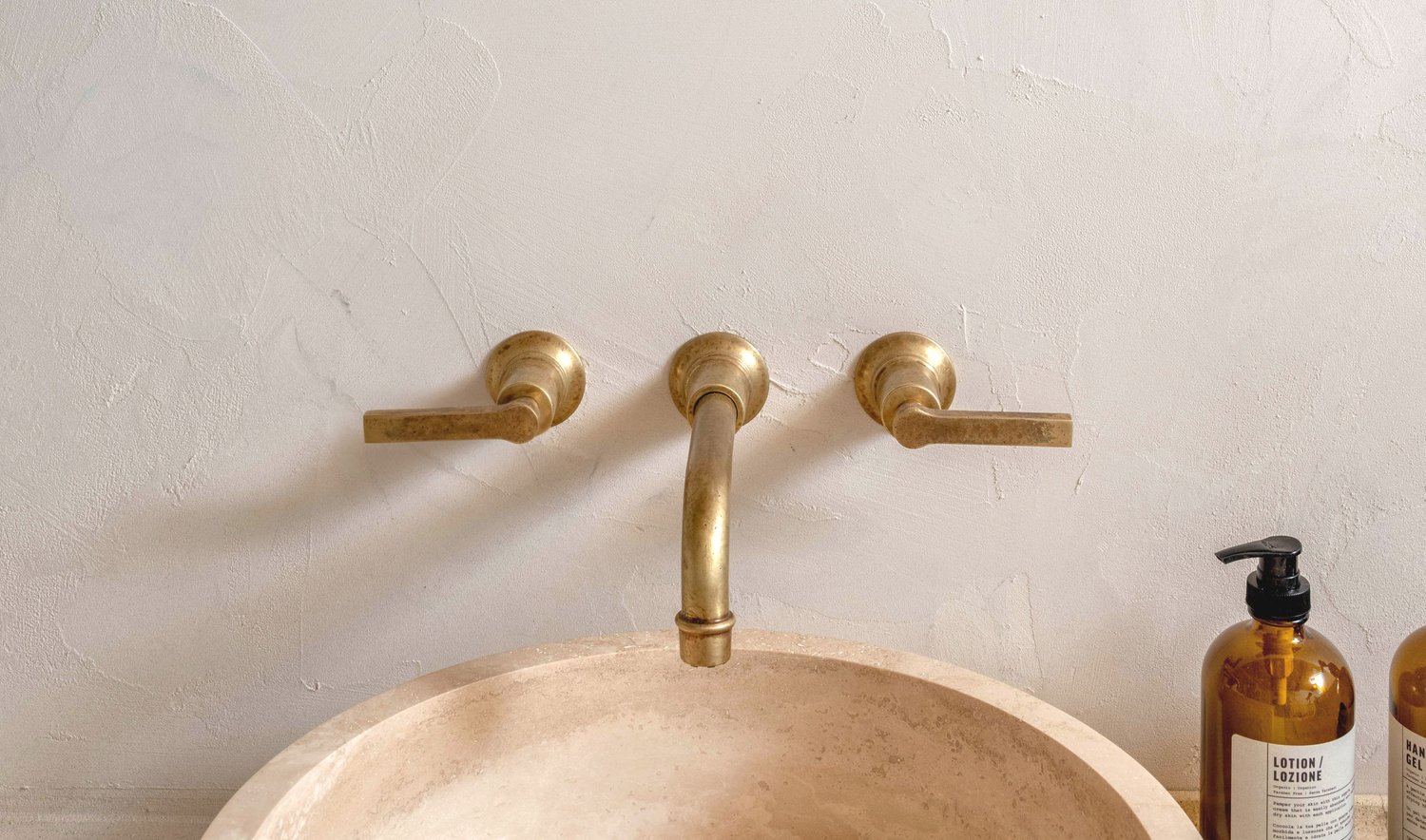
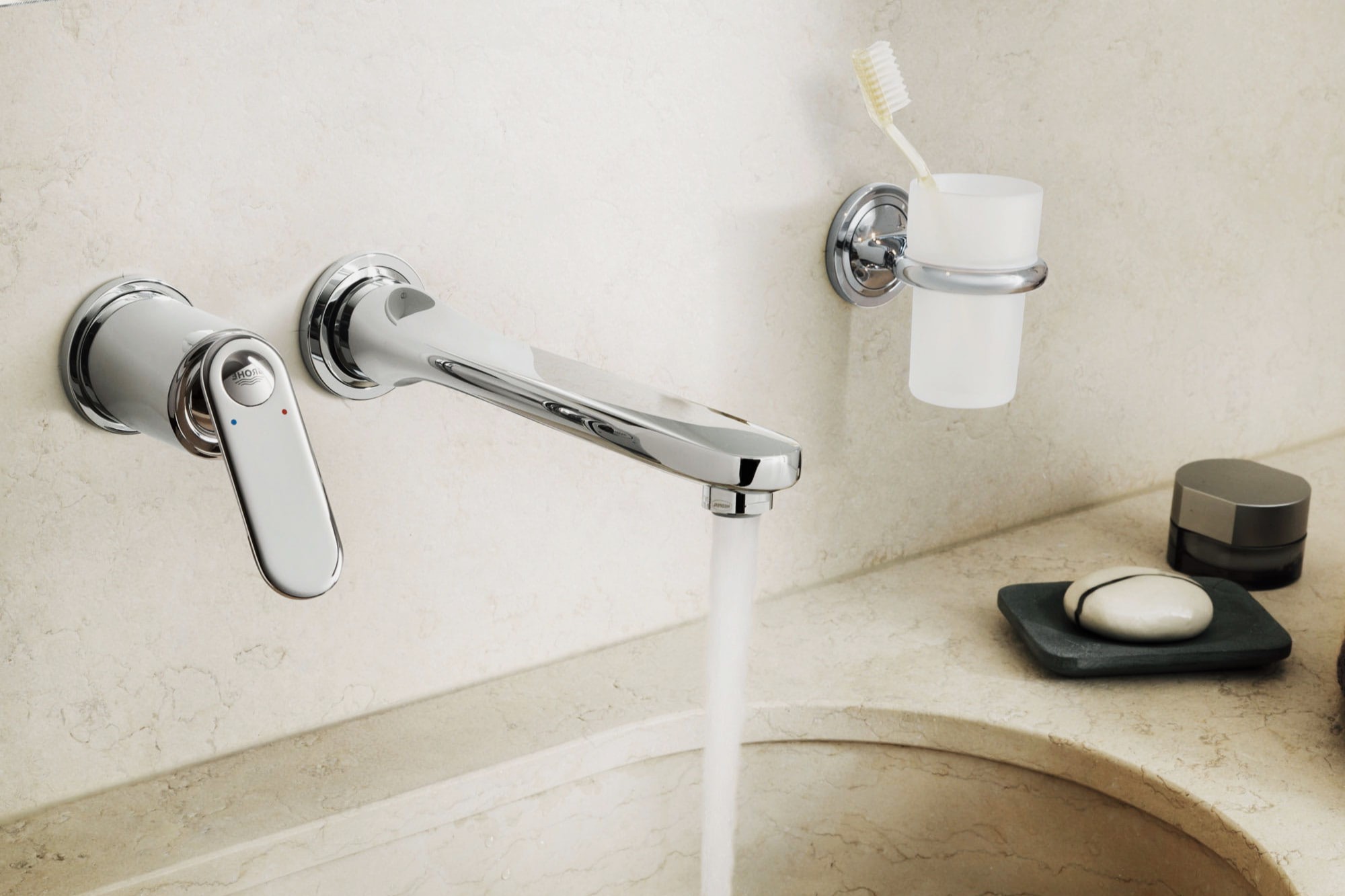
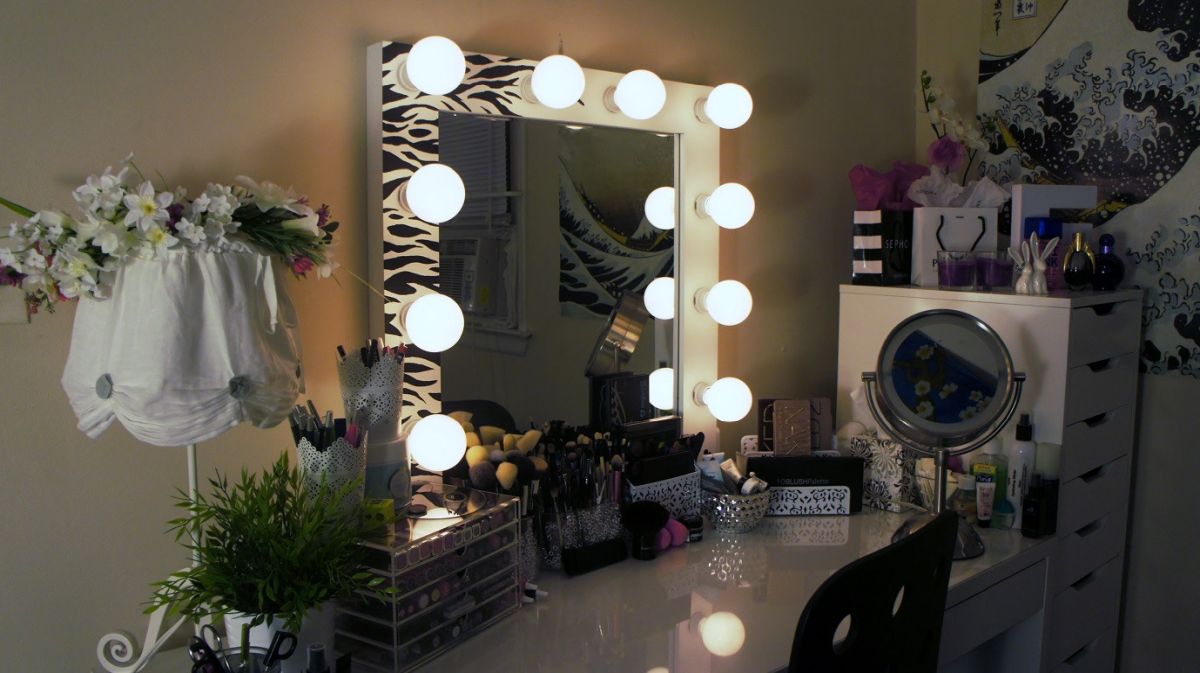

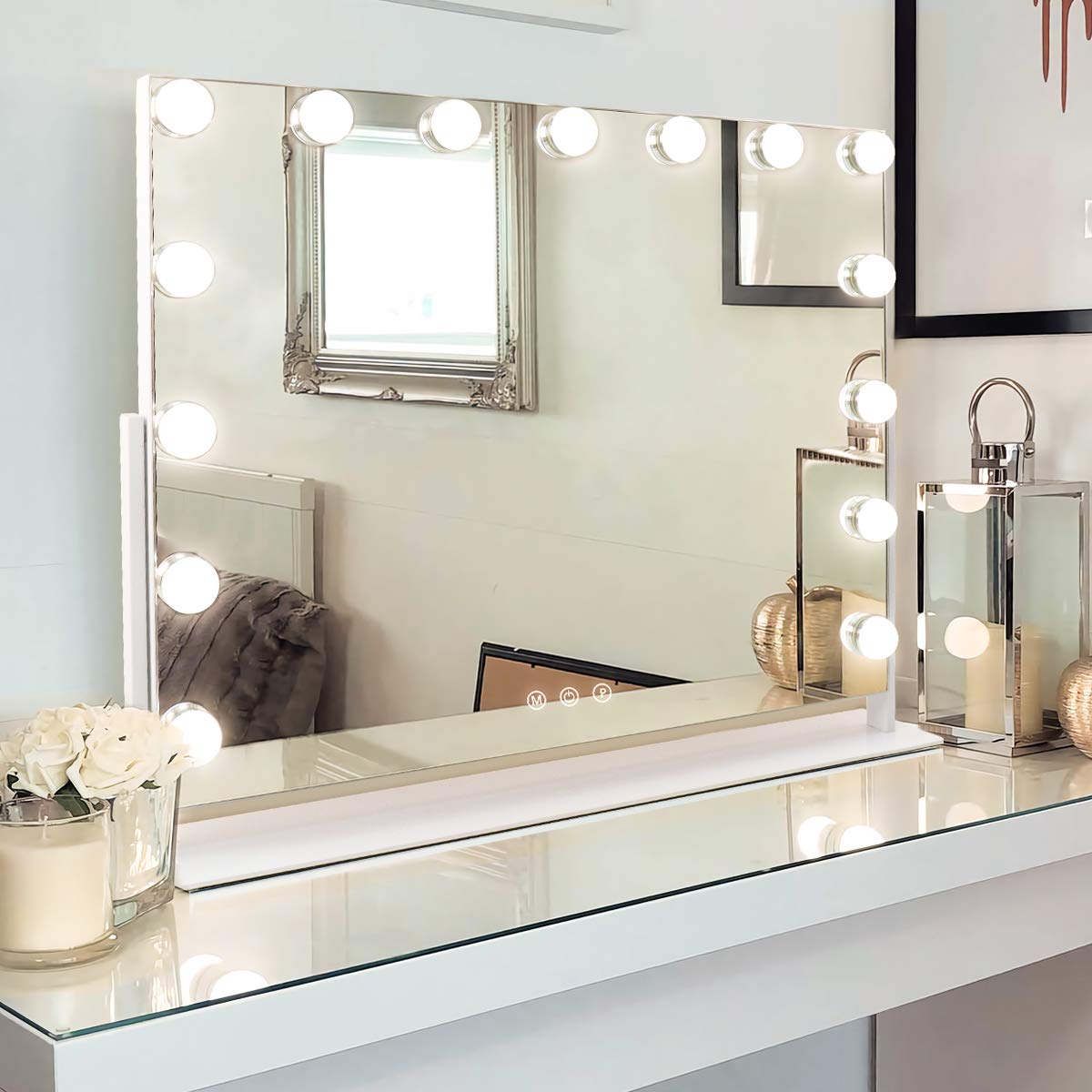

0 thoughts on “How Are Bathroom Mirrors Mounted”